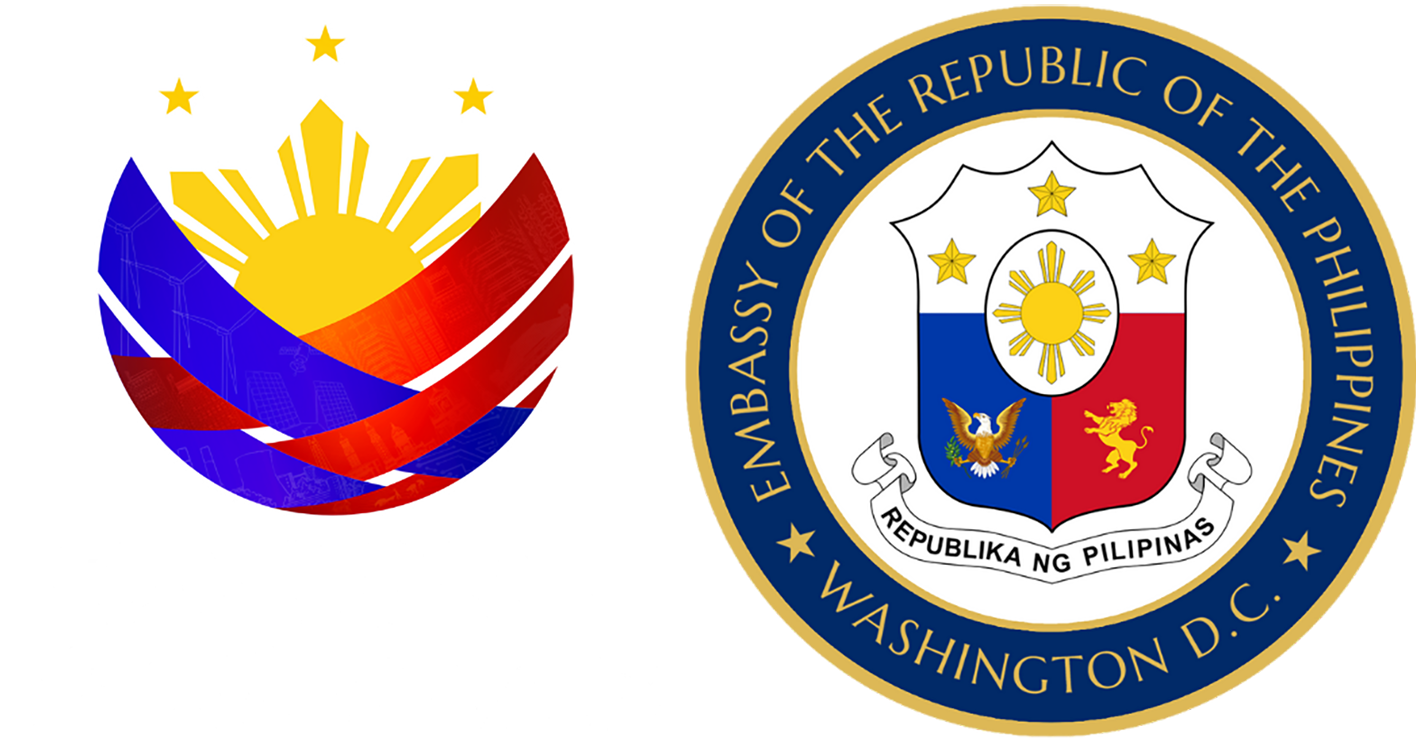PRESS RELEASE
WDC–34–2021
27 August 2021
WASHINGTON, D.C. – As part of our continuing celebration of Buwan ng Wikang Pambansa, the Philippine Embassy through Sentro Rizal Washington DC organized a webinar entitled “From the Thomasites to the OED: The Development of English from American Transplant to Philippine Language” on 26 August 2021 via Zoom and FB Live.
The webinar featured Dr. Danica Salazar who is a World English Editor for Oxford Languages, where she oversees policy, procedures, and strategy for world varieties of English, as well as researches and writes World English entries for the Oxford English Dictionary (OED).
“The Philippines is recognized as an English-speaking country, and our proficiency in speaking the language gives Filipinos overseas a competitive advantage across the globe. Our excellent communication skills are valued wherever we are. English has become our second language and is the primary medium of instruction in most Philippine schools and universities. It has become part of our culture ever since the time of colonizationby the United States. It will be interesting to know how Philippine English has evolved since then, and how we are able to use it alongside local languages and make it our own,” said Philippine Ambassador to the United States Jose Manuel G. Romualdez in his opening message.
Dr. Salazar’s talk touched on a wide range of topics including what sets the OED apart from other English dictionaries, words in the OED that are unique to Philippine English, the pre-colonial, Spanish, American, and post-war influences to these words, and how Filipinos have produced English literature on their own.
Dr. Salazar also discussed how Filipinos “create words” by borrowing from other languages which reflect the diversity of the many languages spoken in the Philippines. She likewise highlighted our style of code-switching – wherein depending on the context or the person you are talking to, you switch between these languages when you are talking — in Tag-lish (Tagalog-English), and that you can see this new way of communication in urban centers in the Philippines.
“Different combinations of our language with English is how we communicate now and that’s fine. It is really weird that we put so much premium on the purity of languages when in fact, multilingualism is the norm not only in the Philippines but also in the world,” she stated.
In closing her talk, Dr. Salazar said that English is now a Filipino Language too, emphasizing that “for over 100 years, we have been using English in our own country without the involvement of Americans… by using the language, by speaking it, by writing it, we have contextualized it and made it our own and made it work for us.” She also underscored the importance of access to good, quality instruction in English especially for many Filipino children in order to avoid exclusion.
“From the Thomasites to the OED: The Development of English from American Transplant to Philippine Language” is available for streaming on the official Facebook page (https://www.facebook.com/PHinUSA/videos/388192369407149) of the Philippine Embassy. ###

